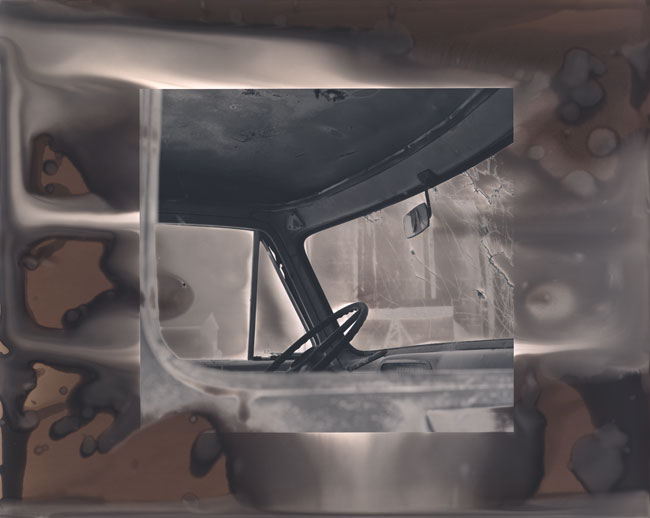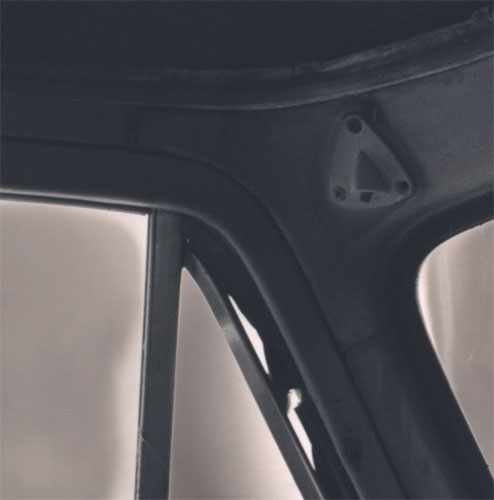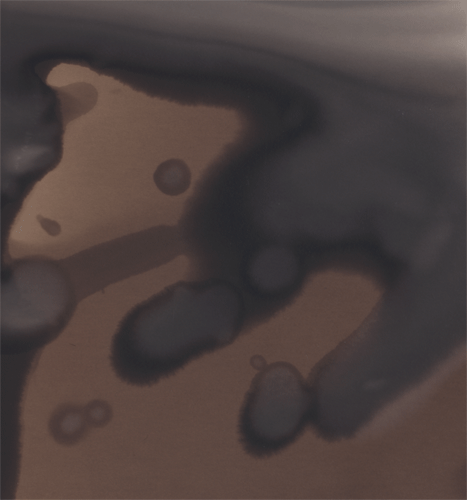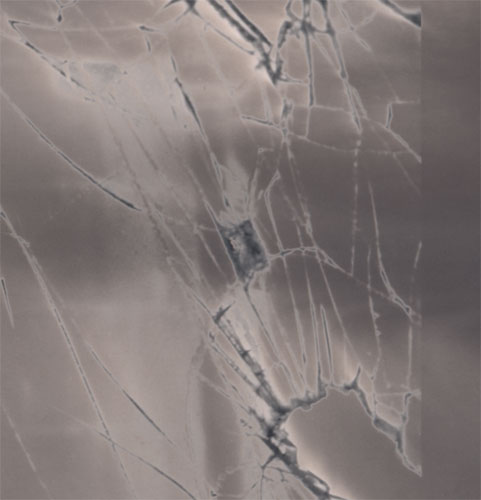Chromakinesis: An Experimental Fiber Based Silver Gelatin Printing Process: Edge-Depleted, Silver Redeposited, Developer Drip-Painted, Solarized and Dual Split-Toned
Russel Kwan
Click here for Russel Kwan and Wendy Kwan Black and White Fine Art Photography Home Page
"Chromakinesis" is from Greek: colour = χρώμα and movement = κίνηση
This process evolved after a student (thanks, Jason Kazuta!) showed me an ancient article from Scientific American circa 1990, written by Dominic Man-Kit Lam. In this article, Mr. Lam described a process he called "Chromoskedesic", where silver-based photographic paper and chemistry could be manipulated to create a variety of abstract shapes and colour. The shapes were created by direct physical application of the chemistry, and the colours were generated (somewhat by chance) through the formation of very finely divided silver particles, creating coloured diffraction spectra.
Subsequent research led to the writings of William L. Jolly, who described the use of very similar chemistry to create edge-depletion and solarization effects.
I have combined these methods along with my own chemistry modifications to create prints where the subject matter seems to emerge straight out of the photographic medium that contains it - a visual metaphor for the magic I experience every time a see a print emerge from the developer in the darkroom. Each print is handworked, and the handwork is not reproducible, so each print is unique.
I will illustrate in this article each of the salient features of this process: Figure 1 to the right shows the complete print from which I will show extracts. All scans used in this article are unmanipulated scans of the actual print made on a ScanMaker 9800XL flatbed scanner.
Figure 2 shows the effects of edge depletion: silver is eroded away from the boundaries between light and dark, leaving a white halo around dark objects and edges. The streak trailing out of the spider is a turbulent flow effect related to the silver solvent that creates the edge depletion - the streak is one example of the non-reproducibility feature of these prints. Can you find the spider on the original image? (It's the tiny black shape in the middle of the driver-side window.)
Figure 3 shows silver redeposition: some of the silver that is carried away by the solvent is deposited on areas where there already is metallic silver - the already-dark areas of the scene. Redeposited silver looks very blue in tone in the final print, and adds a sort of "painted" look to some areas. In Figure 3, the dark window frame edges contain a lot of redeposited silver; I hope you can see the blue colour on your monitor.
Figure 4 shows the effects of drip-painting using one of my handmade developer components - with apologies to Jackson Pollock. Again, this direct hand-manipulation of the chemistry on paper is non-reproducible, making the print unique. The drip-painting not only creates variations in print density, but colour as well, due to local behaviour of the solvent/redeposition process described above.
Figure 5 shows the effects of solarization: a brief exposure of the print to white light during development. Solarization causes a partially random reversal of highlight tones on the print - an effect used by Man Ray in the 1920's. A traditional problem of solarization is the usually very dark prints that result - one of my chemical manipulations almost eliminates this issue - this print actually contains clear whites.
The final step of dual split-toning serves to both intensify the colour palette and to improve the stability of an already very stable silver gelatin print. The sulphide toner serves to heighten the colours of the highlights, typically rendered as gold to pink tones. The selenium toner serves to heighten the colours of the mid-tones, typically rendered as purple to orange. The dark tones are largely unchanged as blue.
The prints are fixed and washed to modern museum standards; I expect these prints to have the same lifespan characteristics of all my fine silver prints: hundreds of years.




